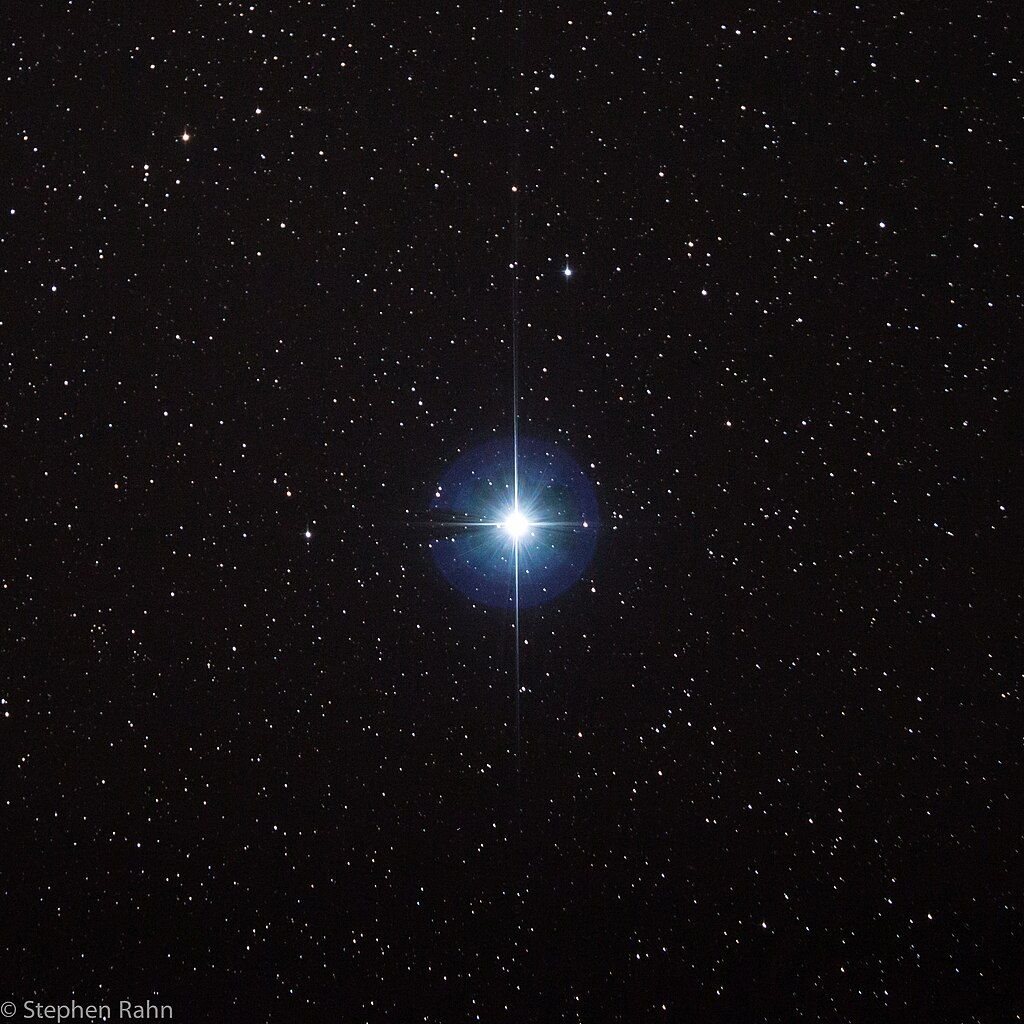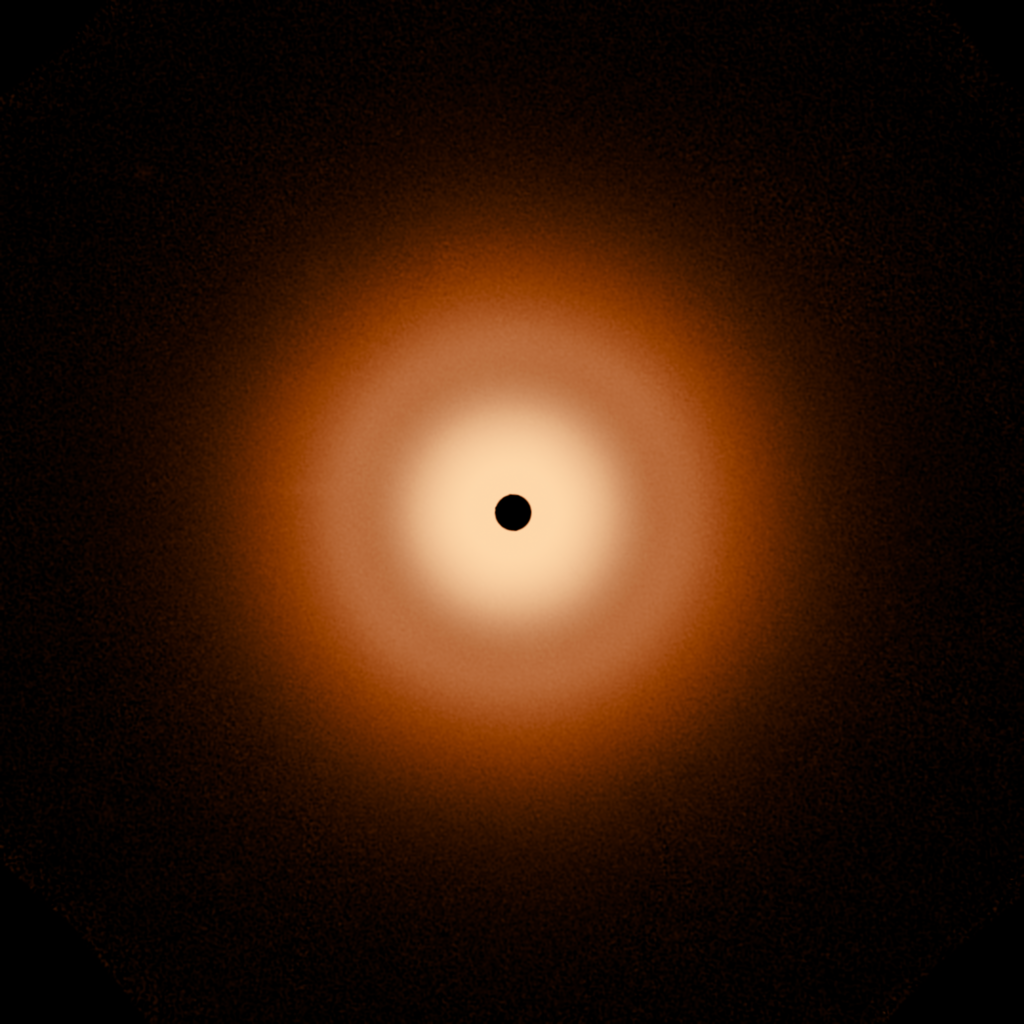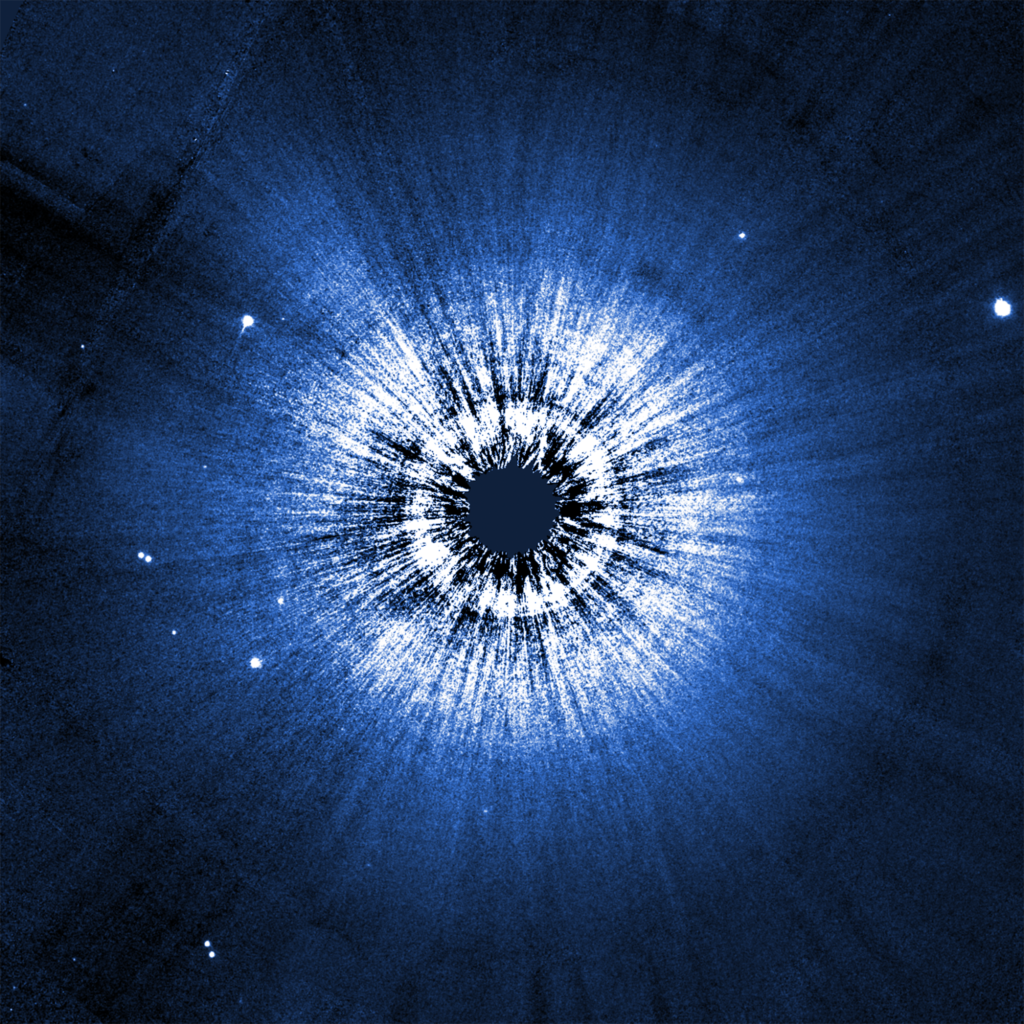A team of astronomers from the University of Arizona in Tucson used the Hubble and James Webb space telescopes to study the debris disk around the star Vega. It turned out to be quite different from other known circumstellar disks.

In the 1997 movie Contact, based on Carl Sagan’s novel of the same name, protagonist Ellie Arroway (played by Jodie Foster) travels to Vega through a wormhole built by aliens. There, she comes across a kind of storm of icy debris surrounding the star, but she sees no planets.
Apparently, the creators of the movie were not far from the truth. Since the 1980s, astronomers have known that Vega is surrounded by a dust disk. As the star is 450 million years old, it is thought to be replenished with matter due to orbital collisions between asteroids and/or comets occurring in the system. Therefore, many researchers hoped to use this disk to detect exoplanets by looking for traces left by them in the dust.

For this purpose, they used the Hubble and JWST telescopes. The latter managed to capture infrared glow from relatively large particles the size of sand. Hubble, on the other hand, captured the outer halo of this disk with particles with a consistency comparable to smoke reflecting starlight.
The results of the observations surprised scientists. It turned out that the dust disk around Vega is surprisingly smooth. It has a diameter of 160 billion km and contains only one thin gap at a distance of 60 a. e. (9 billion km) from Vega. This suggests that Vega has no exoplanets with masses at least comparable to that of Neptune, orbiting in large orbits like in our Solar System.

According to astronomers, the disk around Vega is quite different from other known circumstellar disks. As an example, they cite Fomalhaut, a star that is about the same distance, age and temperature as Vega. But in contrast, it is surrounded by at least three asteroid belts. It is believed that they were formed under the influence of the gravity of exoplanets, acting as a kind of “shepherds”. At this point, researchers are having trouble answering what causes such a marked difference between these two star systems.
Earlier we told you about how the Hubble telescope’s successor got an instrument to observe exoplanets.
Provided by NASA


